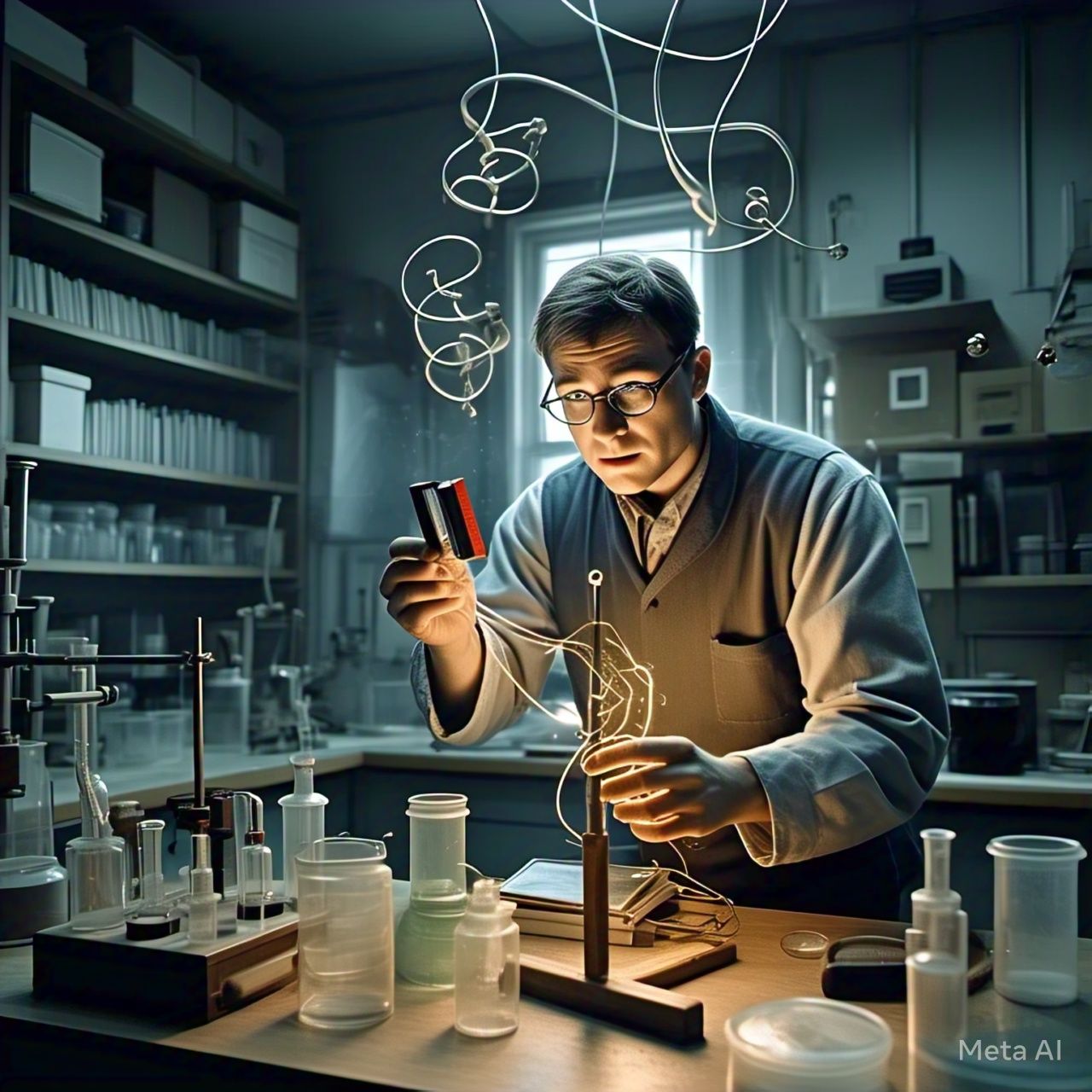What is Electricity?
Electricity is a fundamental form of energy that powers our modern world. At its core, electricity is the result of the movement of electric charges, which are carried by particles known as electrons. These electrons flow through materials in a way that enables us to harness electrical energy for a wide variety of applications, from lighting our homes to powering complex machinery. To comprehend electricity fully, it is essential to understand its basic components, such as electric charges, and the distinction between conductors and insulators.
There are two types of electric charges: positive and negative. In atoms, protons carry a positive charge, while electrons carry a negative charge. The interaction between these charges leads to electric forces that can either attract or repel one another. When electrons move from one atom to another, they generate an electric current, which is the flow of electricity. This movement can occur in wires, where the electrons travel through conductive materials such as metals, which allow electricity to flow easily. These materials are referred to as conductors.
Conversely, some materials, known as insulators, do not allow electric charges to flow freely. Common examples of insulators include rubber, glass, and wood. These materials act as barriers to the flow of electricity, making them essential for safety and the effective functioning of electrical systems. When we plug in an electrical device, the current flows through the conductor (the wire) while the insulator (the device casing) prevents the electricity from escaping or causing harm.
In conclusion, electricity is an essential aspect of energy that revolves around the flow of electric charges. Understanding its basic principles, including the role of electrons, conductors, and insulators, is key to appreciating how electrical systems function in our everyday lives.
Exploring Magnetism
Magnetism is a fundamental force of nature, distinct yet interrelated with electricity. Magnets are objects that produce a magnetic field, which is the region around the magnet where magnetic forces are observable. The core properties of magnets include their poles, which consist of a north pole and a south pole. According to the laws of magnetism, like poles repel each other, while opposite poles attract, illustrating the intrinsic behavior of magnetic fields.
Permanent magnets are materials that create a persistent magnetic field without the need for an external power source. These magnets are commonly made from ferromagnetic materials such as iron, cobalt, or nickel. On the other hand, temporary magnets exhibit magnetic properties only when exposed to an external magnetic field. This temporary magnetism can be observed in certain metals that become briefly magnetized when in proximity to a magnet.
The concept of magnetic fields is pivotal to understanding how magnets operate. A magnetic field can be visualized as invisible lines of force that extend from the north pole to the south pole of a magnet, forming closed loops. Tools such as compasses make use of Earth’s magnetic field to indicate direction, thereby playing a crucial role in navigation and orientation throughout history. Similarly, magnetic resonance imaging (MRI) machines utilize powerful magnets and magnetic fields to produce detailed images of the organs and tissues within the body, greatly enhancing medical diagnostics.
In conclusion, magnetism is not just a scientific concept but a practical aspect of our daily lives. Its applications range from simple navigation tools to advanced medical technology, highlighting the importance of studying this fascinating area of physics. Understanding the principles of magnetism enriches not only our knowledge of the natural world but also our appreciation for innovations that stem from these fundamental forces.

The Relationship Between Electricity and Magnetism
The relationship between electricity and magnetism is a fundamental concept in physics, encapsulated in the theory of electromagnetism. At its core, electromagnetism describes how electric currents can generate magnetic fields, and conversely, how changing magnetic fields can induce electrical currents. This interplay is a cornerstone of many technological applications, from electric motors to transformers.
One of the key principles of electromagnetism is electromagnetic induction, a phenomenon first discovered by Michael Faraday in the 19th century. This principle states that a changing magnetic field within a closed loop of wire generates an electric current in that wire. This helps explain how generators operate, converting mechanical energy into electrical energy by rotating coils in magnetic fields.
Conversely, when an electric current flows through a wire, it creates a magnetic field around it. This effect can be observed with a simple experiment: wrapping a copper wire around a metallic nail and connecting it to a battery. When the current flows, the nail becomes magnetized and can pick up small objects, demonstrating how electricity can create magnetism.
The reciprocal nature of electricity and magnetism becomes crucial in understanding many aspects of modern technology. For instance, the operation of electromagnetic devices, such as relays and inductors, relies on this relationship. Additionally, the principles of electromagnetism underpin the functioning of various communication technologies, ensuring a reliable transmission of signals.
In conclusion, the interconnectedness of electricity and magnetism is evident from the principles of electromagnetic induction and the generation of magnetic fields by electric currents. These concepts not only enhance our understanding of physical laws but also pave the way for numerous innovations in technology that define contemporary life.
Real-World Applications of Electricity and Magnetism
Electricity and magnetism play vital roles in various technological advancements that are integral to modern society. Understanding these concepts is essential for recognizing the underlying principles that drive numerous devices and systems. One of the most prominent applications is the electric motor, which converts electrical energy into mechanical energy. This technology is widely used in household appliances, electric vehicles, and industrial machinery, showcasing the significance of electric motors in daily life and economic productivity.
Another critical application is electric generators, which transform mechanical energy into electrical energy. Generators are fundamental in power plants and renewable energy systems, such as wind and hydroelectric installations. The ability to generate electricity on a large scale is crucial for meeting the energy demands of modern society while facilitating the transition to sustainable energy sources. The interplay of electricity and magnetism enables generators to function efficiently, supporting the grid that powers homes and businesses alike.
Transformers, which rely on electromagnetic induction, are essential for voltage conversion in electrical power distribution. They allow electricity to travel over long distances by stepping up the voltage for transmission and stepping it down for safe usage in homes and industries. The transformer exemplifies how the principles of electricity and magnetism are harnessed to ensure safe and efficient energy delivery, illustrating their significance in electrical infrastructure.
Conclusion
Wireless communications technology, such as radio, television, and cellular networks, also heavily depends on the principles of electromagnetism. These systems transmit and receive signals via electromagnetic waves, allowing for global connectivity and information exchange. Understanding electricity and magnetism is crucial for advancements in telecommunications and the ongoing development of new technologies, showcasing their enduring impact on our lives.
Read Our Latest Blog
Understanding the Theory of Relativity in Simple Words
Phone Number: +91-7488456170
Email ID: abhishek@eepl.me
Our Platforms:
Digilearn Cloud
EEPL Test
Live Emancipation
Follow Us on Social Media:
Instagram – EEPL Classroom
Facebook – EEPL Classroom
Stay connected and keep learning with EEPL Classroom !










